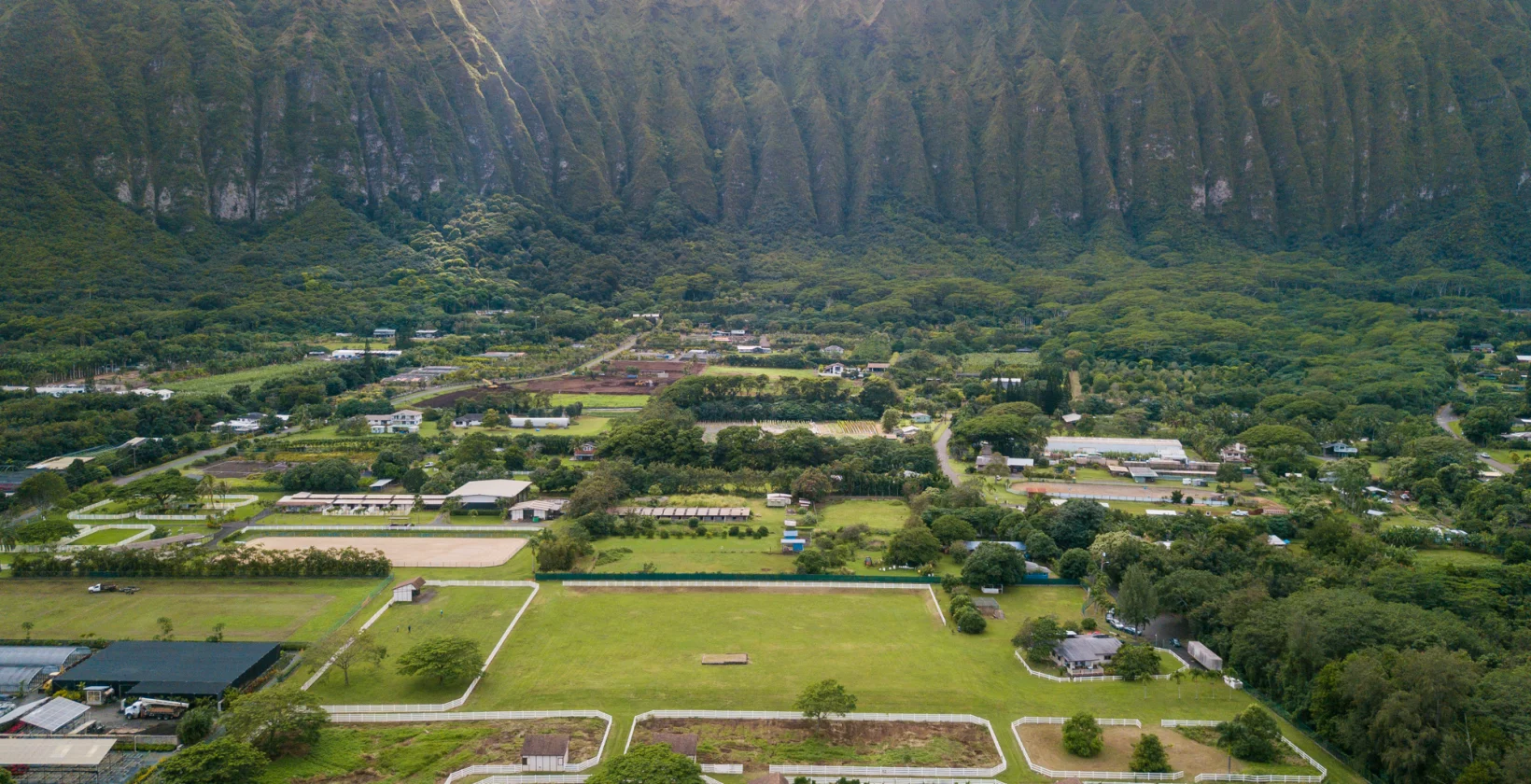On the final day of the legislative session, the Hawaii legislature passed a bill to encourage the development of energy microgrids (HB 2110). Microgrids—a small configuration of renewable energy, energy storage, and control that is connected to the larger electricity grid—can strengthen our energy system and reduce costs for all customers. They are also capable of operating alone, or “islanding,” in the event that the larger power grid fails, providing needed safe havens in times of disaster or emergency.
“Microgrids will help Hawaii achieve its renewable energy goals while strengthening our communities against disasters,” said Jeff Mikulina, Executive Director of Blue Planet Foundation. “True energy security comes from many interconnected grids, as opposed to a single islandwide system.”
The devastation of Puerto Rico by Hurricane Maria last year was a painful wake-up call for island and coastal communities. Nearly 90% of Puerto Rico residents lacked power one month after the storm hit. Today, Puerto Rico is rebuilding its energy system and incorporating microgrids.
“Puerto Rico quickly learned that the best time to build microgrids was before disaster strikes, not after,” added Mikulina.
Like Puerto Rico, Hawaii’s current energy system is not designed for the violence of climate change. The islands’ fragile systems are built around aging fossil fuel power plants, with power lines strung over punishing topography, making them vulnerable to natural—or unnatural—disasters.
The microgrid legislation was sponsored by Rep. Chris Lee (D – Waimanalo, Lanikai), Chair of the House Committee on Energy and Environmental Protection. “For islands, building a more resilient energy grid is a matter of safety and economic survival,” said Lee. “Microgrids help us do that.”
While Hawaii is a national leader in developing renewable energy, few microgrids have been developed, as their development has been inhibited by a number of factors, including interconnection barriers and a lack of a standard of terms regarding the value of services exchanged between the microgrid operator and the utility.
But microgrids aren’t just for emergencies. During regular use, microgrids can provide valuable services to help regulate the power on the larger utility grid. By smartly controlling loads, storage, renewable energy, and electric vehicles that are connected within a microgrid, the microgrid itself can help regulate frequency, provide voltage control, shift load, provide demand response capabilities, and other ancillary services.
House Bill 2110 provides guidance to the PUC to develop a tariff for such microgrid services, ensuring that such a tariff is designed to provide fair compensation for electricity, electric grid services, and other benefits provided to or by the electric utility, the person or entity operating the microgrid, and other ratepayers. Further, in developing the tariff, the PUC, to the extent possible, should seek to standardize and streamline the related interconnection processes for microgrid projects. This would encourage and facilitate the development of microgrids and leverage the technology for the benefit and security of our islands’ power systems.
Without a standard process for valuing microgrid services and a clear process to interconnect, Hawaii risks that future microgrids might disconnect from the utility grid altogether. When this happens, not only do other utility customers lose the benefit of the services that the microgrid provides, they may also face increased rates as the overall energy system costs are covered by fewer customers.
“With a system of resilient microgrids, the sum is really greater than the parts,” added Mikulina. “We look forward to this measure clearing the path for more microgrids in schools, hospitals, hotels, and other critical parts of our community.”
